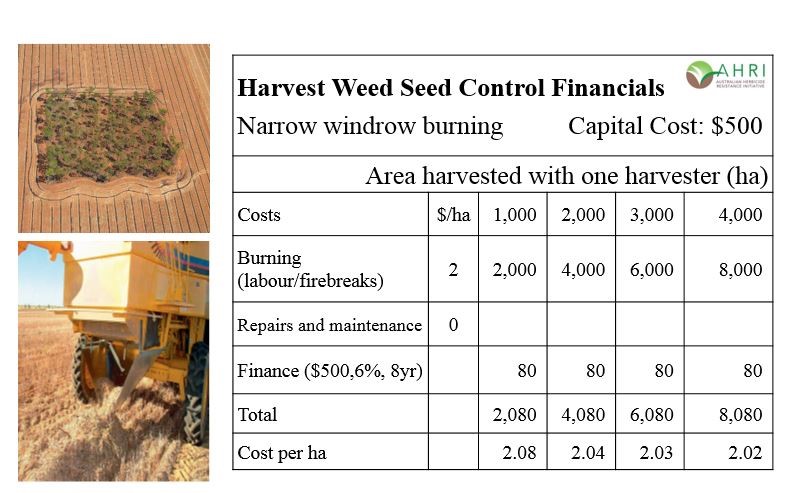Weed Management in Australia
Mr Peter Lott from Rural Management Strategies presented at the Rural Management Strategies, Managing Herbicide Resistant Weeds seminar in Temora on 22nd May 2014.
The following is a summary of the key messages from his presentation.
Herbicide resistance is an increasing but changing problem as chemical use patterns shift the balance.
Herbicide resistance can be confused with poor application, shading of the target by stubble or poor placement of chemical.
Poor crop competition is a significant factor in weed management problems.
A non-crop or pasture phase is a very effective method of managing many weed populations.
Fenceline and firebreak management requires special attention as this is a major source of resistant weeds, especially Glyphosate.
Weed management techniques other than chemicals need to be routinely used in farming systems.
Hay / Silage / Fallowing
Crop Competition - Row spacing - Sowing rates - Row direction - Crop health
Agronomic Rotation – crop, chemical, management strategies – pasture management
Harvest Weed Seed Management
Crop competition is a very simple, effective and low cost management technique that seems to be often forgotten about. Some of the benefits are:
Crops suppress weeds when thicker - Crop sowing rate - greater impact on competitive ability - Early sown crops more competitive with weeds - Sowing 90 degrees to sunlight direction increases crop competition – capture more light and shade weeds - Crops sown E – W reduce weed biomass and seeding - Ribbon rows appear to reduce yield loss and increase weed competition
The value of wide row spacing needs to be balanced in the whole farming system – what is the major problem that is being addressed?
Wide Row Spacing
Positives
Negatives
Less tractor power, fuel, R & M
More fertilizer toxicity issues
Less stubble issues at sowing
Less soil incorporation of herbicides
Less soil throw issues (at same speeds)
More crop competition within row
Retain stubble & sow between rows
Lower plant establishment
Nutrients retained with stubble
Less crop competition with weeds
More moisture with stubble
More weed and insect issues
No quality difference
Less crop yield (Riethmuller 27 year study)
Capital cost
Longer term weed management strategies need to be incorporated into farming systems to ensure they are sustainable. This must include chemical and non-chemical control methods. A demonstration of 2 farming systems using the RIM model predicts the ryegrass weed seed bank after 10 years of management under 2 different farming systems. The model output below shows that when herbicide resistance is present the ryegrass weed seed bank is very difficult and costly to manage in more chemical orientated farming systems.
The Australian Herbicide Resistance Initiative (AHRI) have looked at the cost of various harvest weed seed control techniques. The table below shows the costs associated with 3 different techniques. It is worth noting that the costs per hectare are not as great as one would expect.
A recent GRDC funded project looked at the level of control achieved by each of these techniques alone. It is worth noting that the effect of multiple control methods is cummulative, therefore giving a much better end result ie: chemical and multiple non-chemical.
Harvest weed seed control techniques need to be used as appropriate and the following table covers some of the benefits and constraints of each.
How do you implement an integrated weed management approach? AHRI have developed a 10 step plan for better weed management
Act now to stop weed seed set
Rotate crops and herbicide modes of action
Don’t automatically reach for Glyphosate
Use the double knock technique
Plant clean seed into clean paddocks with clean borders
Employ crop competitiveness to combat weeds
Never cut the on-label herbicide rate and carefully manage spray drift and residues
Test for resistance to establish a clear picture of paddock-by-paddock farm status
Aim for 100% control and monitor every spray event
Capture weed seeds at harvest







